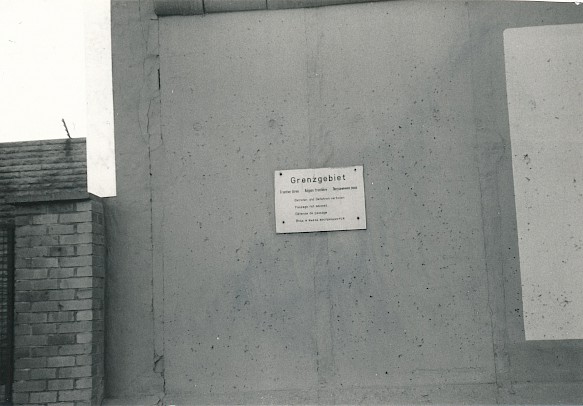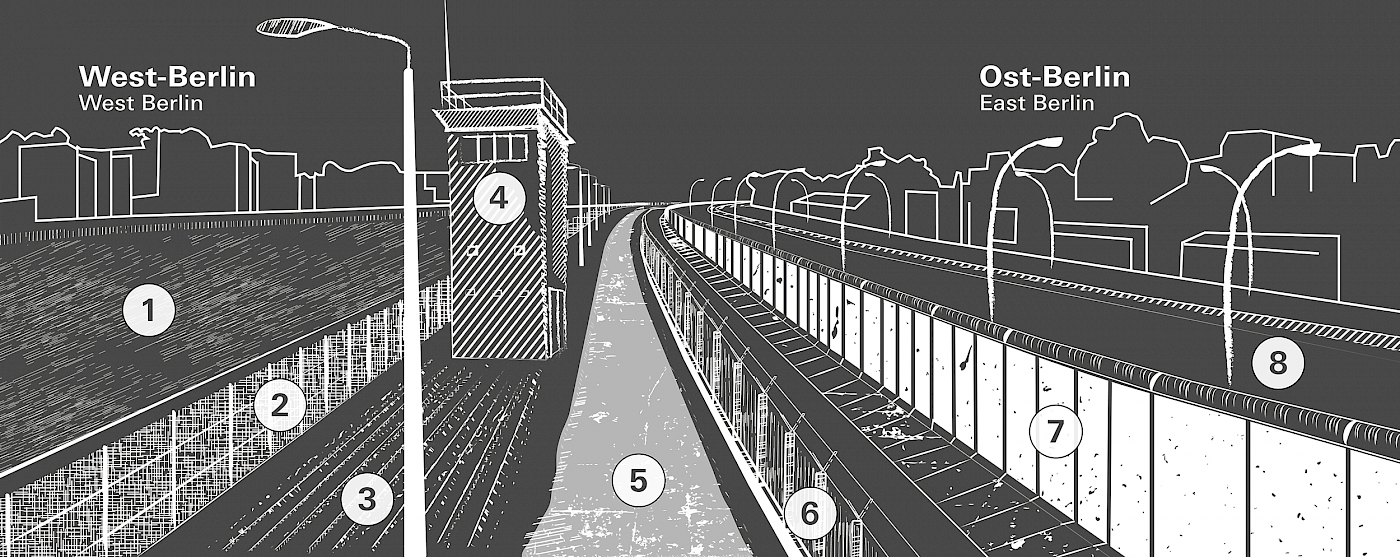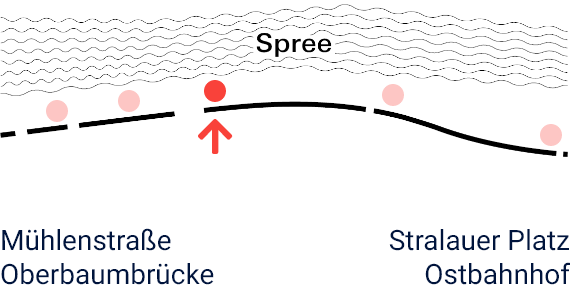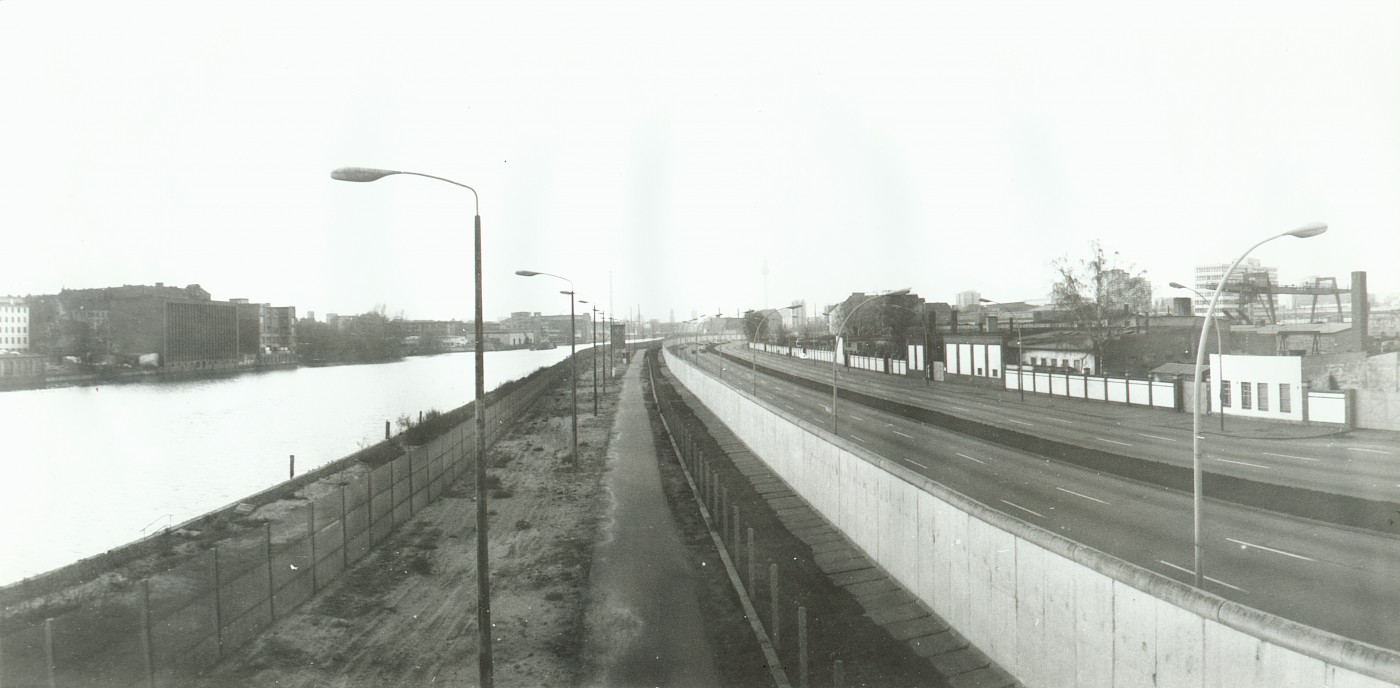EastSideGallery
FutureFever
Between February and September 1990, artists turned this section of the Berlin Wall into a public canvas with the permission of the last GDR government. Most of the 106 paintings tell of people’s hopes and fears in the year after the Wall fell. In terms of content and style, the artworks in the East Side Gallery are as diverse as the 118 people from all over the world who created them: Some of them had just graduated from art college; for some, it was their first opportunity to paint an artwork shown in public; many were professional artists. The state of Berlin placed the Wall under a preservation order in 1991 because of its historical significance. But its long-term survival was only ensured by the dedication of the Gallery’s artists, some of whom joined forces in 1996 to form the artists’ initiative East Side Gallery e. V.
The Berlin Wall
On 13 August 1961, the border here at Mühlenstraße was built up to block access to West Berlin. But the Wall as it can be seen today was not built until 1977. Behind it was a high-security border strip and the Spree, the entire width of which belonged to East Berlin at this point. The wall, the border strip, and the river made escape from the GDR almost impossible. Here, the wall looked different than in most of East Berlin: Instead of a simple inner wall, there was the more costly border wall 75 made of reinforced concrete components, which closed off the border strip to West Berlin. It was built here because Mühlenstraße was part of the protocol route that international guests of the GDR government took from the airport to the city centre.



 Leichte Sprache
Leichte Sprache